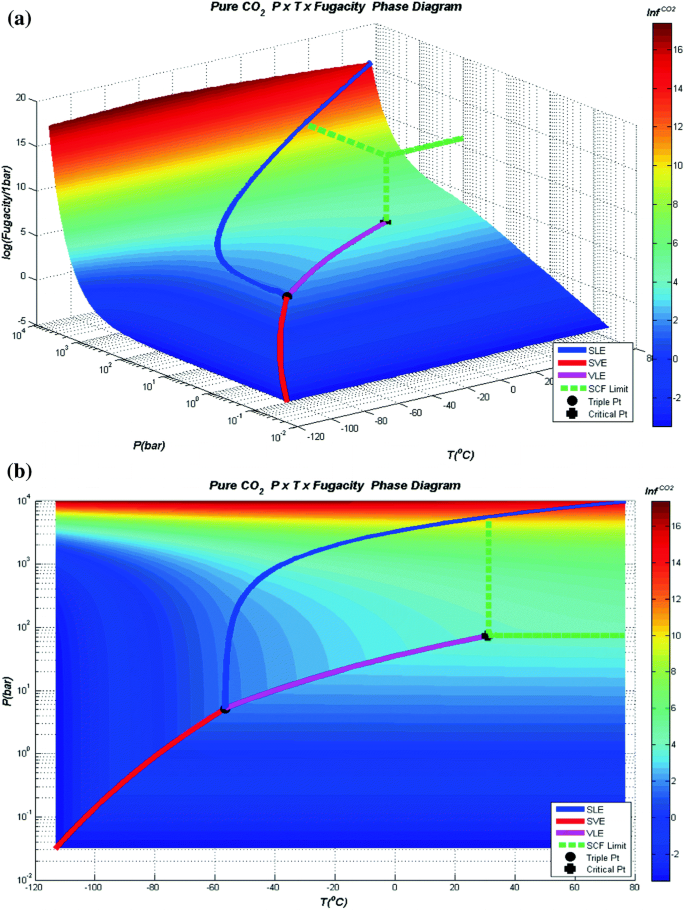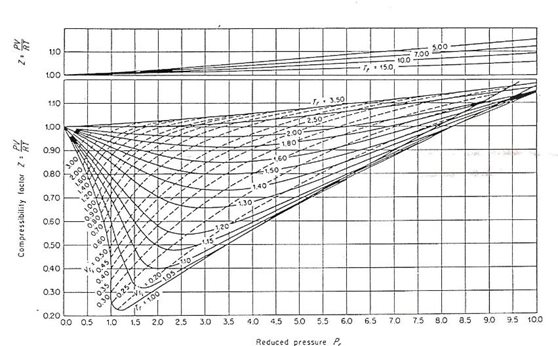PDF] Two Simple yet Accurate Equations for Calculating the Fugacity Coefficient Phi and the Gas Compressibility Factor
![PDF] Two Simple yet Accurate Equations for Calculating the Fugacity Coefficient Phi and the Gas Compressibility Factor](https://d3i71xaburhd42.cloudfront.net/01600927c4a2a03da177c4ee07cdbe81de887fc8/5-Figure3-1.png)
Two Simple yet Accurate Equations for Calculating the Fugacity Coefficient Phi and the Gas Compressibility Factor Z . by A.E. for mychemengmusings.wordpress.com In this post two new powerful equations are presented one for the Gas Compressibility Factor ‘Z’ and one for the Gas Fugacity Coefficient ‘phi’. Both give excellent prediction results for the sub-critical reduced pressure region and superheated vapor region. These two equations are surprisingly simple, allow direct calculation without the need for iterations hence easy to implement in spreadsheets or used on handheld devices and calculators! The two form a thermodynamically consistent pair. Three Charts have been prepared mapping out the predictions made with these equations. Numerical calculation examples are given including for superheated Steam, Ethane, Propane and Propylene. The basis for each of these equations is presented in Part III of this post giving ample attention to the basis on which these equations rest and their validation against measured data.

DOC) Computation of the Compression Factor and Fugacity Coefficient of Real Gases

A predictive PC-SAFT EOS based on COSMO for pharmaceutical compounds

Compressibility factor - Wikipedia

Modeling of CO2 Freeze-Out in the Processing of CO2-Rich Natural Gas
What is fugacity coefficient? - Quora

DOC) Computation of the Compression Factor and Fugacity Coefficient of Real Gases

PDF] Two Simple yet Accurate Equations for Calculating the Fugacity Coefficient Phi and the Gas Compressibility Factor

Redlich–Kwong equation of state - Wikipedia

Modeling of CO2 Freeze-Out in the Processing of CO2-Rich Natural Gas
What is fugacity and how can I explain it in thermodynamics? - Quora

DOC) Computation of the Compression Factor and Fugacity Coefficient of Real Gases








